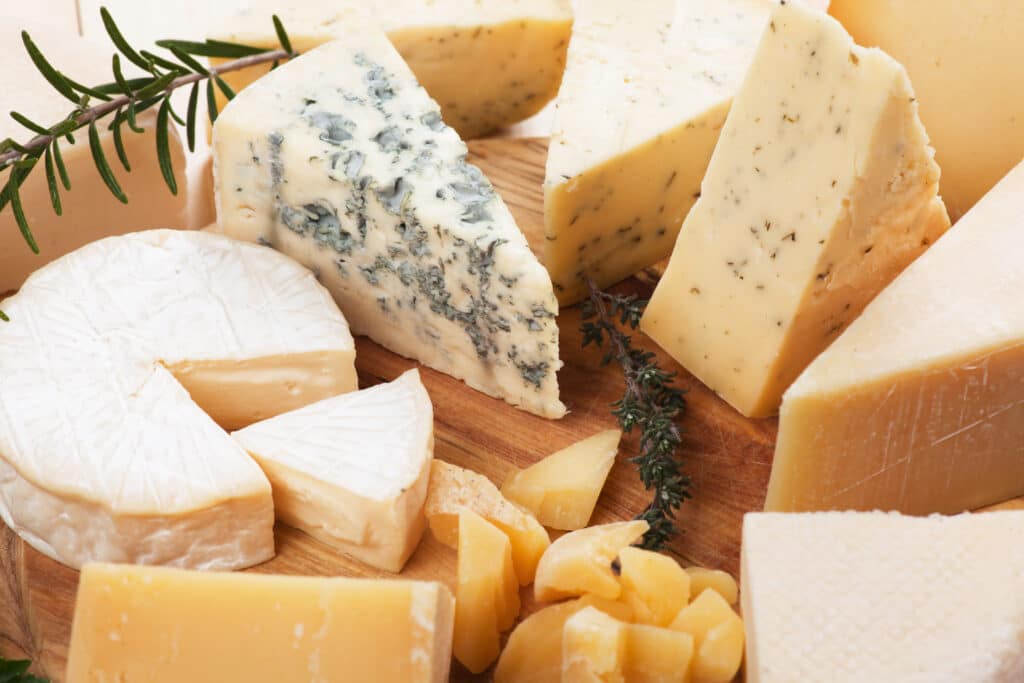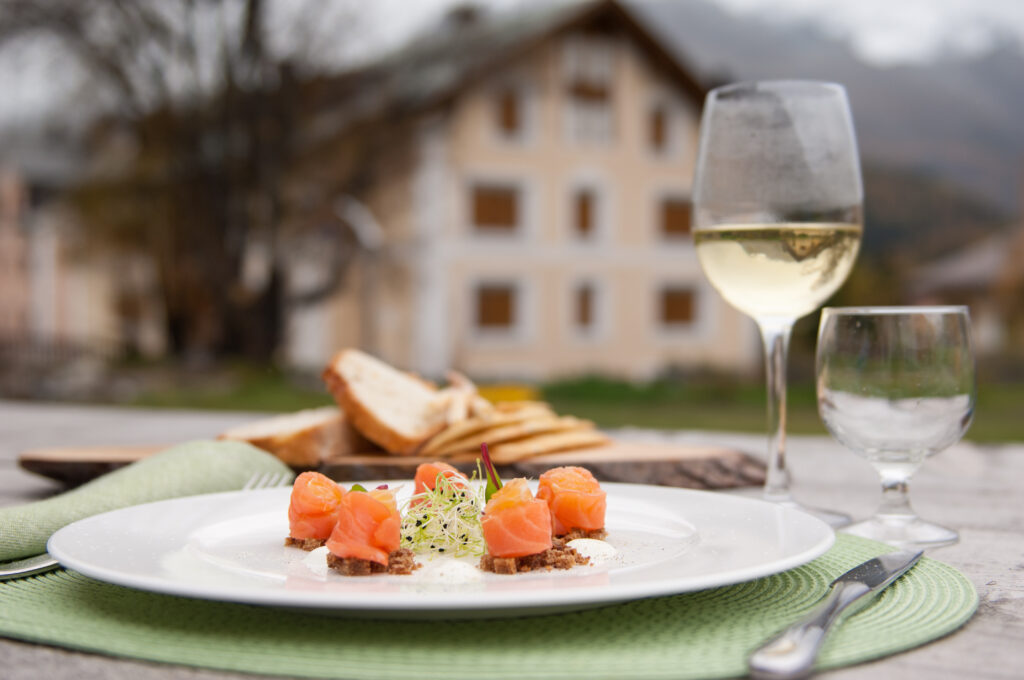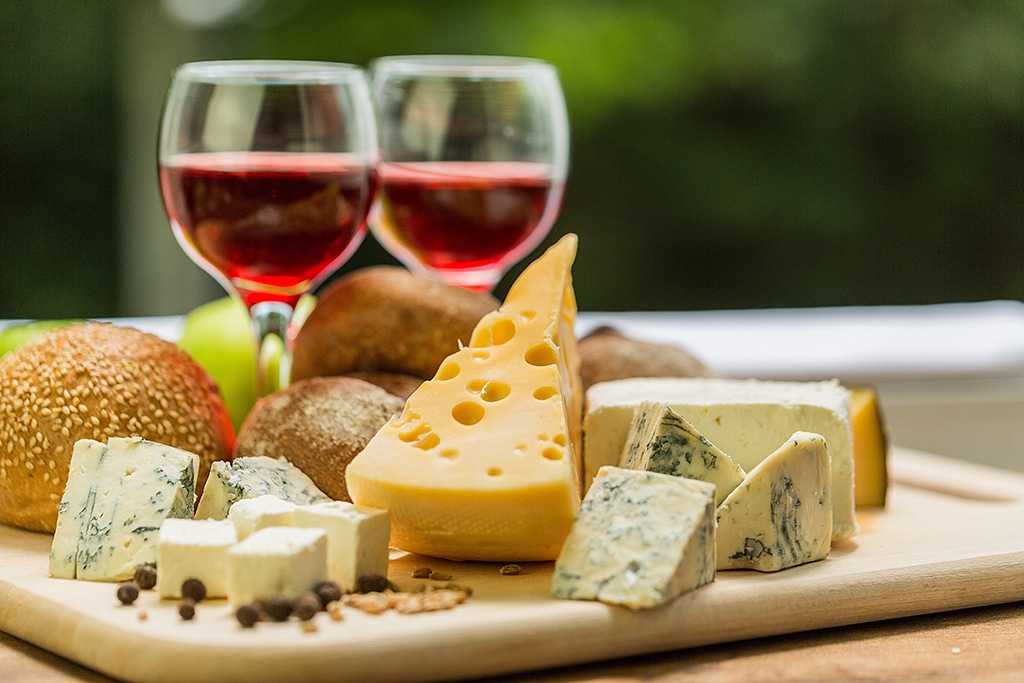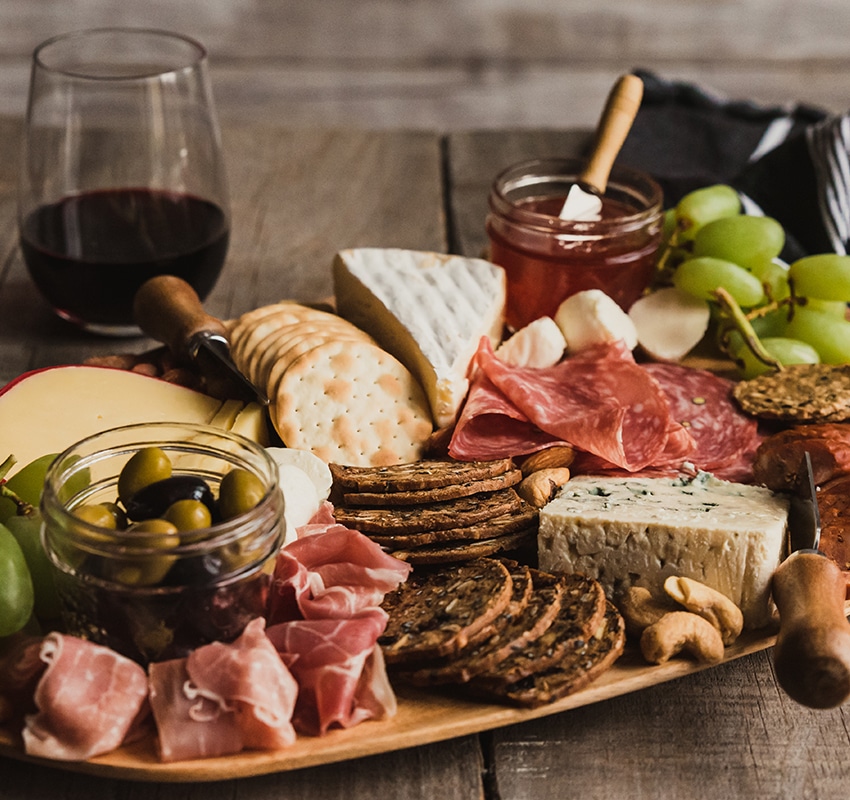Guide to Selling Gourmet Foods on Amazon
Entering the competitive arena of Amazon’s gourmet food sector requires more than just premium products. It demands insight into consumer preferences and a robust selling strategy. This guide lays out steps for sellers to effectively position and market gourmet food on Amazon, from the intricacies of storytelling and audience engagement to optimizing listings and navigating marketplace policies.
Key Takeaways
- Demand for gourmet foods on Amazon is increasing, providing a profitable opportunity for sellers with artisanal and quality food products to tap into a niche yet lucrative market.
- An effective brand story that showcases sustainability, ethical sourcing, and the journey from farm to consumer can capture the hearts of customers, while community engagement and storytelling can create brand advocates.
- Optimizing product listings with high-quality photography, flavorful descriptions, and strategic keywords is critical for attracting customers and improving visibility, while accurate and competitive pricing, coupled with positive reviews, can further drive sales.
The Art of Selling Gourmet Foods on Amazon
Spending on Amazon’s Grocery & Gourmet Food category indicates a growing fascination with high-quality culinary goods. The platform provides access to refined consumers who crave superior products, ranging from the rich flavors of artisanal cheeses to the fine notes of select wines. Essentially, it offers all the good stuff.
The increasing appeal of gourmet items on Amazon suggests there’s a profitable opportunity within this niche market segment. Given this trend, venturing into selling luxury food items like artisanal cheeses could prove to be highly rewarding. What strategies will work to capture a piece of this expanding market?
Crafting Your Gourmet Brand Story
Developing a brand narrative that deeply resonates with your target audience relies on conveying an authentic story. This narrative should embody the core values of your brand, prominently showcasing its dedication to sustainability and ethical sourcing practices.

The Essence of Your Craft
Let’s delve into the core of your artisanal craft. A significant 67% of consumers place high importance on knowing the origins and production methods behind their food, highlighting a deep respect for artisanal expertise in gourmet cuisine. This sentiment extends to imported olive oil, where consumers appreciate the unique flavors and traditional methods employed by artisans in its production.
Describing the distinct techniques involved in producing your gourmet foods, such as imported olive oil or artisanal olive oil, can emphasize what makes your work special. For example, you might explain why you intentionally blend imported olive oil from Italy with locally sourced herbs to create a unique flavor profile.
Similarly, crafting chocolate bars with uneven segments, as a metaphor for disparities within the industry, can strike a chord with customers. By gaining insights into what drives consumer choices and identifying their likes, behaviors, and issues, you’re better equipped to customize communication that’s both pertinent and impactful.
From Farm to Doorstep
With your artisanal approach finely tuned, you’re ready to lead your customers on a journey that traces their gourmet purchases from rustic origins to their very doorsteps. Sharing intricate details about the provenance of your ingredients, such as the specific state or region where they’re sourced, enhances the authenticity and depth of your brand’s narrative.
Crafting authentic stories that illuminate the journey of your offerings reinforces transparency and instills confidence in your brand. By unveiling captivating anecdotes about ingredient heritage, like describing the craftsmanship of cheese at a quaint farmstead nestled in the French countryside, your product establishes its genuine essence while appealing to discerning palates that value culinary sophistication.
Weaving a Narrative That Sells
Crafting a narrative that truly resonates with consumers often involves sharing the origins and motivations behind your brand, creating an emotional connection that draws in customers. For instance, recounting the story of how your mother’s exquisite artisan cheese came to be, or detailing the journey of launching your cheese-making venture in Spain adds personal depth to your product, sparking intrigue and inspiring potential buyers to explore what you offer.
Encouraging customers to share their own experiences through storytelling initiatives fosters a sense of community around your brand. This active participation from consumers has the potential to turn occasional buyers into passionate advocates for your label, significantly expanding its reach and contributing to its success.
Optimizing Product Listings for Gourmet Appeal
Creating a genuine brand narrative is pivotal, just as it’s essential to fine-tune your product listings to captivate customers and enhance your position in Amazon’s search results, especially within the gourmet food niche.
What strategies can you employ to ensure that your product listings are visually inviting and capture the interest of prospective buyers?

The Visual Feast: Photography Tips
The initial perception of food can be greatly influenced by the quality of its presentation. Utilize natural light and white foam boards for photographing your gourmet products to minimize shadows and accentuate their true characteristics. Engage a skilled photographer to capture images of superior quality, experimenting with different angles and viewpoints. Consider refining your photos with post-production editing tools for enhanced appeal.
Flavorful Descriptions That Entice
Go beyond visually striking presentations by using vivid, sensory language in your product narratives. Employ descriptive words that evoke the senses and conjure up images, aromas, and flavors of your gourmet offerings. For example, describe your handcrafted cheese as ‘an indulgent Spanish creation that’s both creamy and matured with subtle nutty undertones,’ to appeal to prospective buyers.
Keyword Mastery: Reaching the Right Palate
Mastery of keywords is critical for ensuring that your carefully crafted product listings reach their intended audience. Apply well-researched and relevant keywords to boost visibility and ranking on platforms like Amazon. For instance, when selling artisan cheeses, utilize specific terms like ‘artisanal cheeses,’ ‘cheese making,’ or ‘artisan cheese recipes’ to connect with your target market.
Pricing Strategies for Premium Products

After crafting an alluring brand narrative and refining your product descriptions, it’s crucial to consider pricing strategies. Amazon operates with a price structure intended to keep prices low for its shoppers, which can impact how high-end products are positioned competitively in the marketplace.
Implementing higher prices may enhance your brand’s image, but in Amazon’s competitive environment, discounts may be necessary to attract customer interest. Even minor price reductions can significantly increase conversion rates and overall sales on Amazon, while higher prices can enhance the perceived exclusivity of luxury goods.
For sellers offering upscale merchandise on Amazon, determining the minimum viable selling price and considering all expenses from procurement to marketing is essential. By adopting a calculated approach to pricing, you can position your gourmet food enterprise more effectively for sustained profitability amidst fierce competition.
Leveraging Reviews and Feedback
Reviews and feedback play a crucial role in online shopping. Product listings with Amazon Prime features and positive customer reviews inspire trust among potential buyers of gourmet foods. To encourage customers to leave reviews and feedback, consider personal touches such as customized thank-you notes, unexpected perks, or participation in interactive contests after a purchase.
Offering incentives like discounts or loyalty points can effectively motivate customers to share their experiences. Establishing an exclusive community for frequent reviewers can provide special privileges that deepen their connection with your brand and foster continued engagement.
Pairing and Presentation Ideas
Enhance the dining experience by offering gourmet items individually and thoughtfully pairing and presenting them to add value. For example, curating cheese and wine pairings that align with the restaurant’s theme can contribute to brand cohesion while fulfilling customer anticipations.

Perfect Matches: Cheese and Wine Pairings
Pairing cheese with wine is a timeless gastronomic pleasure. Here are some well-loved combinations:
- Cheddar with Cabernet Sauvignon
- Brie with Chardonnay
- Gouda with Merlot
- Blue cheese with Port
Selecting cheeses and wines from identical regions can enhance their taste experiences due to the shared environmental effects on production, creating flavors that synergize effectively.
Soft, young cheeses typically pair nicely with fresh, fruity, and acidic wines, while bolder aged cheeses align better with robust wines rich in tannins. Some varieties of cheese have inherent richness balanced by acidity in certain wines, while creamy cheeses pair well with full-bodied variants.
Enhancing Meals with Gourmet Additions
Enhancing regular meals with touches of gourmet quality can transform them significantly. By introducing a small slice or sprinkling aged Parmesan, or even by adding just a drizzle of truffle oil, you can add an element of sophistication to your dishes.
To create a culinary experience that feels gourmet, one might combine various sauces within the same meal to achieve contrasting flavors and textures that tantalize the taste buds. For example, merging a savory creamy garlic sauce with the tangy zest of tomato sauce could substantially elevate the flavor profile of an otherwise basic pasta dish.
Inclusion of rich ingredients such as butter, salt, and heavy cream into high-quality food recipes is another way to infuse dishes with the sumptuous and indulgent essence typically found in high-end gourmet cooking.
Baking and Cooking with High-End Ingredients
Weaving high-end products into cooking elevates the culinary experience by delivering luxury quality. Opulent ingredients such as truffles, caviar, and foie gras can convert ordinary meals into exceptional epicurean events, enhancing both flavor and visual appeal.
Embarking on your journey in gourmet cuisine with a tried-and-true recipe creates a reliable base for appreciating the distinctive attributes of upscale ingredients. This enables gradual development in creativity and individual flair as you become more familiar with these exquisite additions.
Building a Community Around Your Brand
Fostering a community around your brand can bolster customer loyalty and stimulate organic marketing efforts, potentially reducing expenses associated with traditional marketing. Consistently producing engaging content is crucial for maintaining audience engagement.
Encouraging interaction with your customer base and prompting them to share their personal stories can lead to genuine recommendations. In vibrant brand communities, each participant contributes significantly, enriching the overall value of the group. Such dynamic involvement aids in the natural growth of your brand, laying a solid foundation for sustained prosperity.
Navigating Amazon’s Marketplace Policies
For sellers offering gourmet food on Amazon, understanding and adhering to the platform’s marketplace policies is essential. Sellers must secure category approval, which may require submitting purchase receipts, product images, and meeting certain sales metrics or criteria for automatic approval.
Gourmet foods must comply with rigorous standards regarding preparation processes, packaging methods, and labeling protocols, including adherence to federal and state regulations. Ensuring accurate representation of dietary specifics, allergen information, and disclosing Price Per Unit (PPU) is mandatory.
Summary
The gourmet food sector on Amazon presents lucrative opportunities for sellers. Success in this specialized market involves creating a compelling brand narrative, optimizing product listings, implementing strategic pricing tactics, leveraging customer reviews and feedback, suggesting sophisticated product pairings and enhancements, fostering a robust brand community, and adhering to Amazon’s marketplace guidelines effectively. By implementing these strategies effectively, one can penetrate the expanding arena of gourmet foods while cultivating a powerful presence that appeals to exacting consumers and distinguishes itself amidst fierce competition.
Frequently Asked Questions
Gourmet Ads: Revolutionize Your Amazon Strategy
Since 2008, Gourmet Ads has excelled in Digital Advertising for Food, Beverage and Supermarket brands. As a Verified Amazon Ads Partner, we’re here to elevate Amazon Sellers.
Ready to transform your Amazon sales metrics?
Explore Gourmet Ads’ Amazon Advertising Services and discover how our expertise can skyrocket your food brand’s performance on Amazon. We’re dedicated to enhancing your visibility, driving sales efficiency, and ensuring your advertising budget yields maximum profitability.
Dive into the world of optimized Amazon advertising with Gourmet Ads today.












